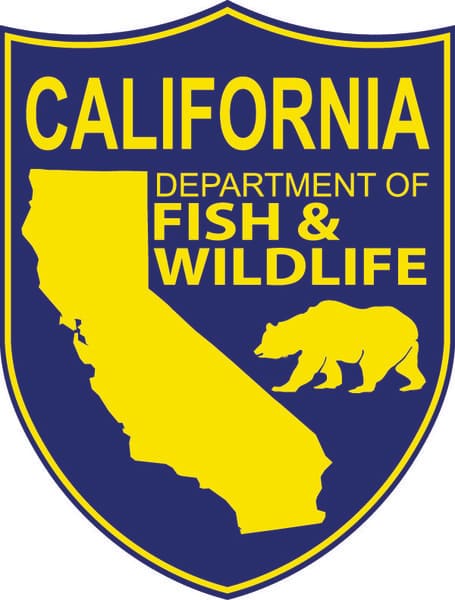California Outdoors Q&As: Changes Coming for Lobster Fishermen?

Changes Coming for Lobster Fishermen?
Question: Why do lobster report cards run calendar year (Jan. to Dec) instead of from the beginning of the season to the end (Oct. to March)? It seems it would be less labor-intensive and more accurate to receive landing data once a year rather than twice a year, and you wouldn’t be charging fishermen double to be able to fish the full season. (Jack)
Answer: Lobster report cards run calendar year because they have been linked to fishing licenses, which have always run calendar year. The California Department of Fish and Wildlife (CDFW) is not “charging double” because a report card purchased in early January can be used for the last 2-1/2 months of one lobster season, and the first three months of the next lobster season.
However, your question is timely. The Fish and Game Commission is considering changing lobster report cards to run through the season beginning in October with the 2013-2014 lobster season. This is possible with the recent implementation of the Automated License Data System (ALDS). Under the proposal, the new deadline for the return of seasonal lobster report cards would be April 30. Anyone who fails to return or is late returning their report card by the deadline will be charged a $20 non-return fee when purchasing a lobster report card for the following season. Details and full language of the regulation change proposal are posted at: www.fgc.ca.gov/regulations/2013/. If you’d like to provide comments to the Fish and Game Commission, the deadline is March 5 and you can do so by e-mail at www.fgc.ca.gov/contact/.
One of the main reasons for the institution of a report card was to determine the number of sport fishermen who target lobster and the number of lobsters that are being taken. Nearly 30,000 lobster report cards were sold each year from 2008-2011, and more than 37,000 cards were sold in 2012. By contrast, there are about 150 active commercial lobster fishermen. CDFW is mandated by state law to manage the lobster resource, which includes both the commercial and recreational lobster fisheries.
The CDFW is currently developing a Lobster Fishery Management Plan (FMP). Details at www.dfg.ca.gov/marine/lobsterfmp/.
For lobster report card data summaries, visit www.dfg.ca.gov/marine/lobsterfmp/lit.asp.
Alabama rig revisited
Question: I work for a Southern California county lake and saw a new rig that is being sold in stores known as the “Alabama Rig.” It consists of a set-up where you can clip 3-5 lures onto a swivel-type attachment to make it appear like a school of bait fish. I try to stay current with the state freshwater regulations so I can keep fishermen informed as well. I remember seeing in the current state freshwater regulations that there is a maximum two hook set-up per line. Are these “rigs” legal to use? I would greatly appreciate your answer. (Matt T.)
Answer: Yes, an Alabama rig may be used, but only when modified to use no more than three hooks. When the Alabama rig is configured to comply with California law, many call it a California Rig. See a previous entry on Alabama rigs from this column at http://californiaoutdoors.wordpress.com/2011/12/page/2/.
Is it legal to hunt with my .223 caliber AR 15?
Question: Unless laws change by the time the season opens, will I be able to hunt deer in California with a .223 caliber AR 15? (John C.)
Answer: Fish and Game hunting laws authorize using any firearm rifle using centerfire cartridges for taking deer, as long as the firearm is otherwise legal to possess in California. Although the caliber is legal, the .223 round is considered by most big game hunters to be too small for the take of deer.
Selling antique deer heads and a deer antler chandelier?
Question: I’m an antique dealer in Riverside County and have an old deer head and a deer antler chandelier. Is it permissible to sell these items in my shop? (Sharon C.)
Answer: Yes and no. If those birds or mammals are found in the wild in California, the sale or purchase of those animals, and/or their parts, is prohibited (Fish and Game Code, section 3039). If the items you have are made from species of deer NOT found in California (e.g. white-tailed deer, caribou, reindeer, etc.), then you may sell them. Only black-tail and mule deer occur naturally in California. However, shed antlers or antlers taken from domestically-reared animals that have been manufactured into products or handcraft items, or that have been cut into blocks or units which are to be handcrafted, may be purchased or sold.

